Table of Contents: Section 1 - Classification of AI systems as high-risk Section 2 - Requirements for high-risk AI systems Section 3 - Obligations of providers and deployers of high-risk AI systems and other parties Section 4 - Notifying authorities and notified bodies Section 5 - Standards, conformity assessment, certificates, registration Section 1 - Classification rules Section 2 - Obligations for providers of general-purpose AI models Section 3 - Obligations of providers of general-purpose AI models with systemic risk Section 4 - Codes of practice Section 1 - Governance at Union level Section 2 - National competent authorities Section 1 - Post-market monitoring Section 2 - Sharing of information on serious incidents Section 3 - Enforcement Section 4 - Remedies Section 5 - Supervision, investigation, enforcement and monitoring in respect of providers of general-purpose AI models | Recitals: Factsheet: Date: 02.08.2024 () |
About this act:
The AI Act aims to strengthen trust in AI systems and promote the acceptance of this technology in society by establishing clear rules for providers, operators, importers, distributors and manufacturers. The risks of AI systems are to be minimised so that artificial intelligence not only enables technological progress but also serves the well-being of people. The regulation has been in force since 1 August 2024 and will be fully applicable (with some deviations) from 2 August 2026.
The legislator classifies AI systems into different risk categories (AI systems with unacceptable risk, high-risk systems and AI systems with limited or minimal risk) and pursues a risk-based and tiered approach to the regulation of AI systems. The requirements and obligations increase with the risk of the AI system.
The Regulation is divided into a total of 13 chapters (Chapter I: General provisions, Chapter II: Prohibited practices in the field of AI, Chapter III: High-risk AI systems, Chapter IV: Transparency obligations for providers and operators of certain AI systems, Chapter V: General-purpose AI models, Chapter VI: Measures to promote innovation, Chapter VII: Governance, Chapter VIII: EU database for high-risk AI systems, Chapter IX: Post-market monitoring, information exchange and market surveillance, Chapter X: Codes of conduct and guidelines, Chapter XI: Delegation of powers and committee procedure, Chapter XII: Sanctions, Chapter XIII: Final provisions).
REGULATION (EU) 2024/1689 OF THE EUROPEAN PARLIAMENT AND OF THE COUNCIL
of 13 June 2024
laying down harmonised rules on artificial intelligence and amending Regulations (EC) No 300/2008, (EU) No 167/2013, (EU) No 168/2013, (EU) 2018/858, (EU) 2018/1139 and (EU) 2019/2144 and Directives 2014/90/EU, (EU) 2016/797 and (EU) 2020/1828 (Artificial Intelligence Act)
(Text with EEA relevance)
THE EUROPEAN PARLIAMENT AND THE COUNCIL OF THE EUROPEAN UNION,
Having regard to the Treaty on the Functioning of the European Union, and in particular Articles 16 and 114 thereof,
Having regard to the proposal from the European Commission,
After transmission of the draft legislative act to the national parliaments,
Having regard to the opinion of the European Economic and Social Committee1,
Having regard to the opinion of the European Central Bank2,
Having regard to the opinion of the Committee of the Regions3,
Acting in accordance with the ordinary legislative procedure4,
Whereas:
- OJ C 517, 22.12.2021, p. 56. [↩]
- OJ C 115, 11.3.2022, p. 5. [↩]
- OJ C 97, 28.2.2022, p. 60. [↩]
- Position of the European Parliament of 13 March 2024 (not yet published in the Official Journal) and decision of the Council of 21 May 2024. [↩]
